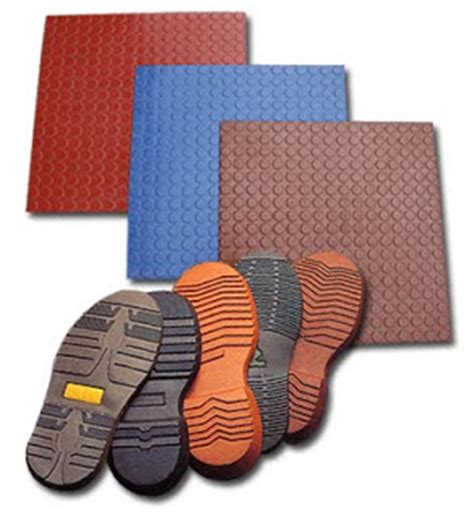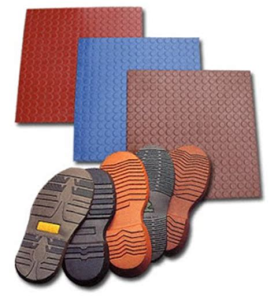
14 Oct Did you know these facts about rubber?
Rubber is an amazingly versatile material and can be found in hundreds of different items that we use on a daily basis. So, if you’re keen to find out more about all things rubber, read on:
Rubber trees are native to South America and it;s scientific name is Hevea Brasiliensis. The sap is extracted from the tree by a process that ‘wounds’ the tree. The tree makes this latex material that is collected and turned into natural rubber. There are synthetic ways of making rubber but this method of collecting from rubber trees is the oldest and most traditional way of making rubber.
The trees made it to the rest of the world when Henry Wickham, an explorer, transported the seeds from South America to Singapore, Malaysia, Sri Lanka and England. Despite the tree being native to South America, the largest grower and producer of natural rubber is now South East Asia.
Synthetic methods for creating rubber were expedited during the Second World War when Japan occupied many of the main rubber tree plantation areas resulting in a restricted flow of rubber to the West. The biggest need was for tyres for military vehicles.
Today, there are several different types of synthetic rubber available, including EPDM rubber and silicone. Synthetic rubbers are often used as insulation or applied as protective coatings to other materials.
Rubber is a great material for moulding into virtually any kind of shape and can also be pressed into sheets. This means it can be used for a huge range of different applications in many different industries. For more information on the benefits of Rubber Moulding, visit a site like Meadex rubber moulding
In terms of sustainability, rubber is amazing and can be recycled many times over. Old rubber tyres can be recycled and turned into new products. This is a great help as each year more than 250 million tyres are discarded! This keeps rubber out of landfill which benefits the environment massively.
You might not think of rubber in clothing but it is, in fact, used in many different types of garments. It is also used for hair products, such as elastic bands and in the soles of shoes.
Rubber has strong protective qualities and this is why you’ll often find it used for flooring in play areas, gyms, factories, commercial premises and kitchens, for example. It is tough and extremely hard wearing against the elements so is used for children’s toys and outdoor play equipment.
It also has strong leak prevention qualities which explains its use in items like car windows, refrigerators and freezers. Rubber seals are also used to insulate domestic windows and doors.
Synthetic rubber, such as silicone, is also found in bakeware and kitchen utensils thanks to a powerful resistance to heat and degradation. It is easy to clean and offers non-stick properties particularly useful for cooking and baking. Next time you bake a cake, spend a minute to appreciate how rubber has transformed our lives for the better!



No Comments